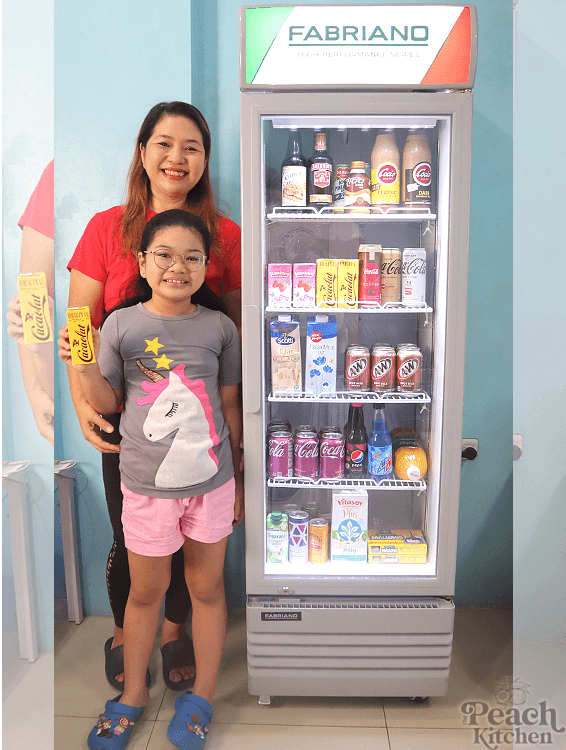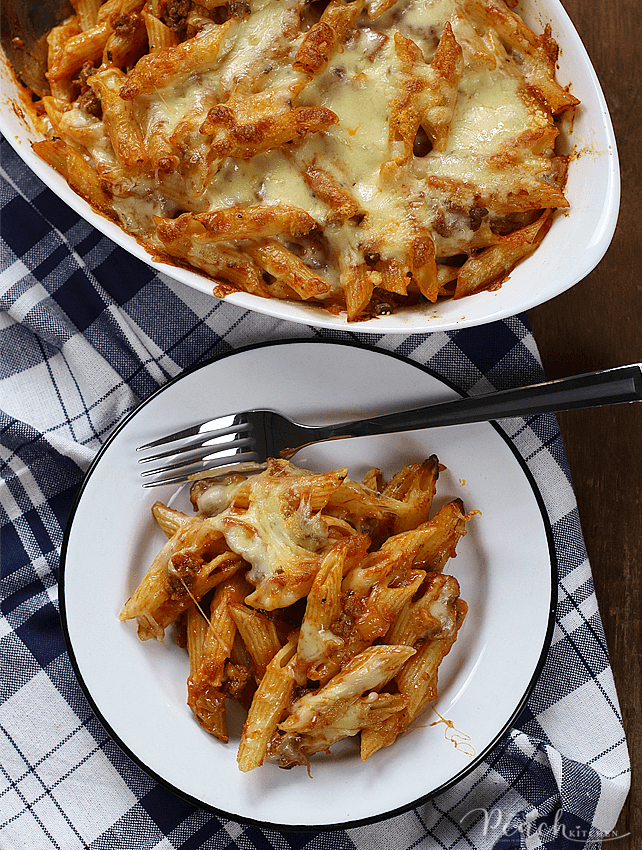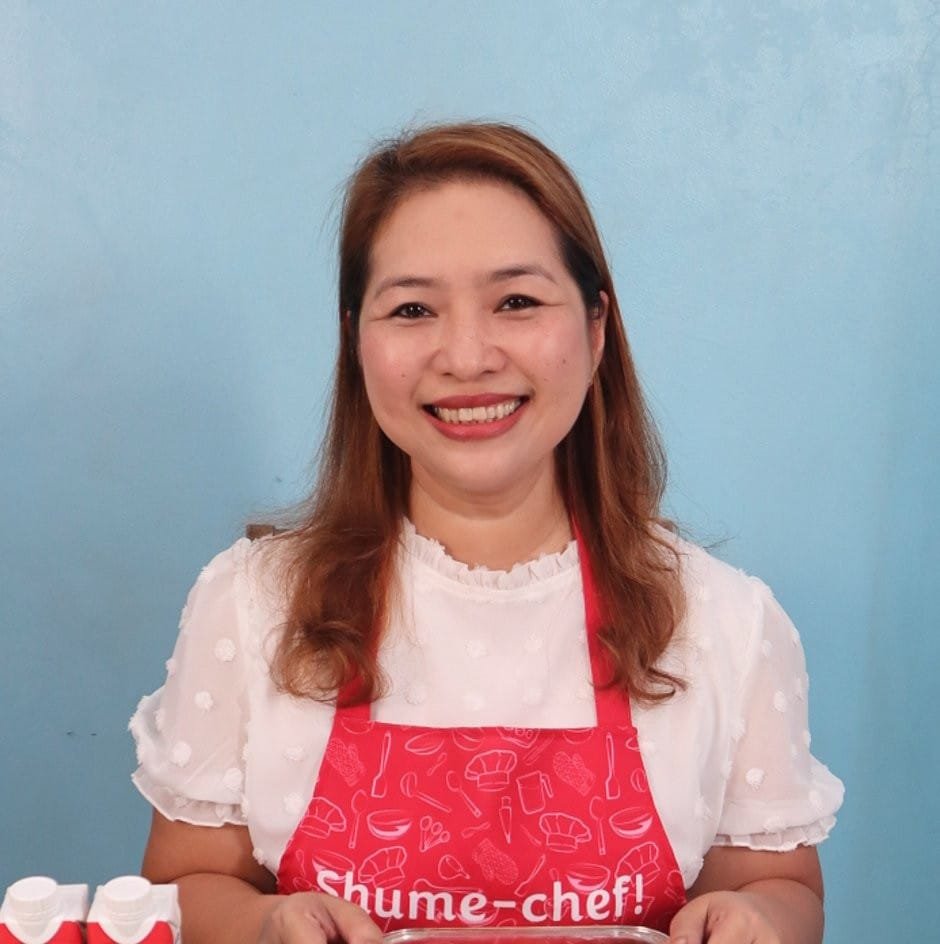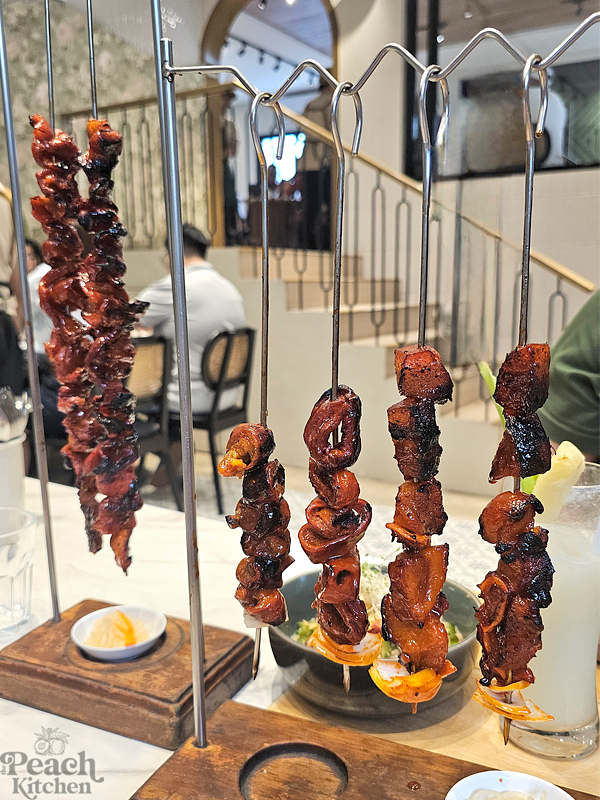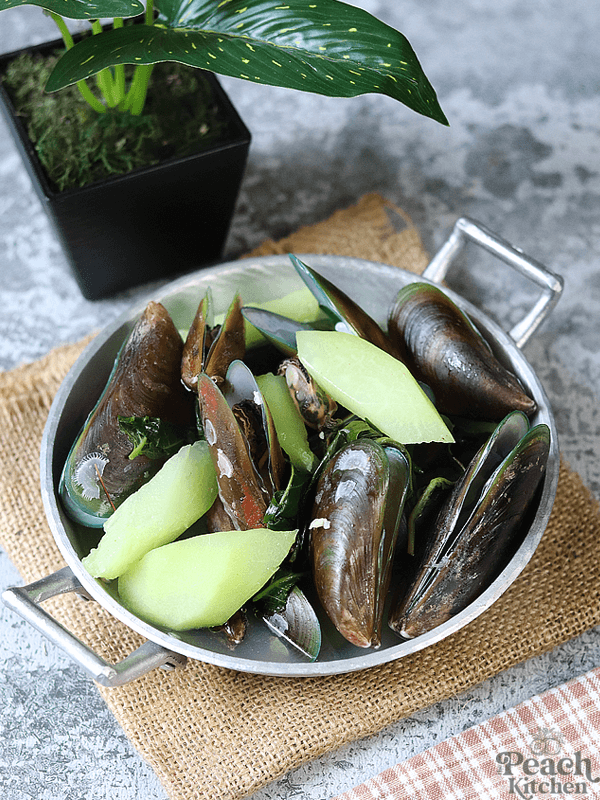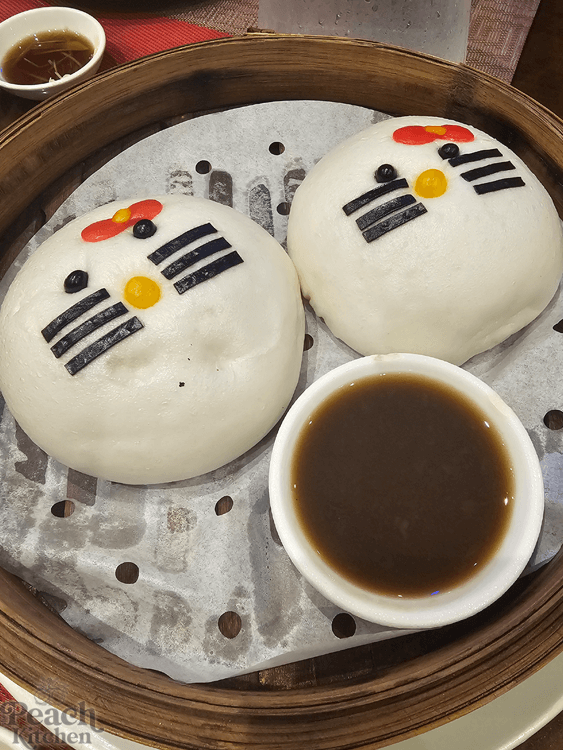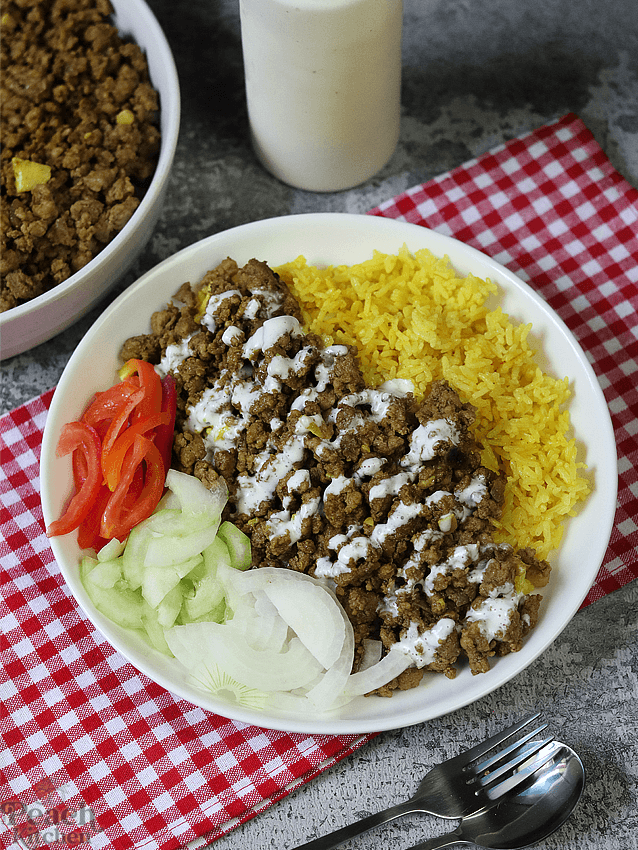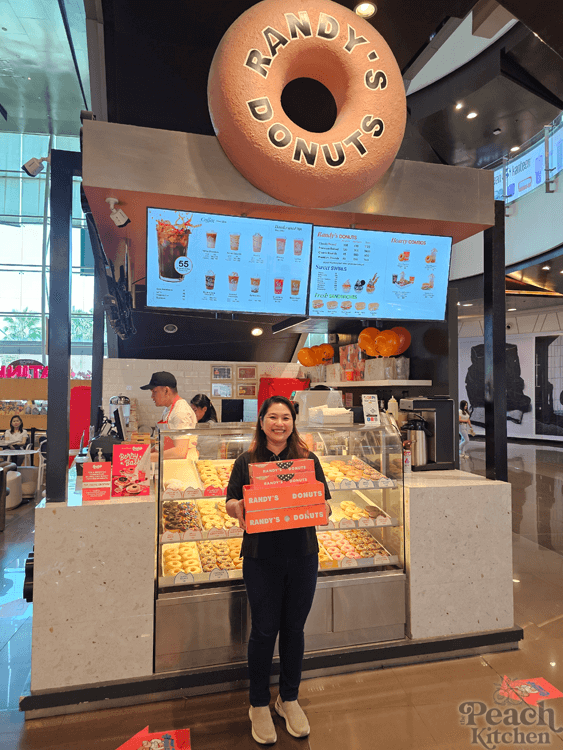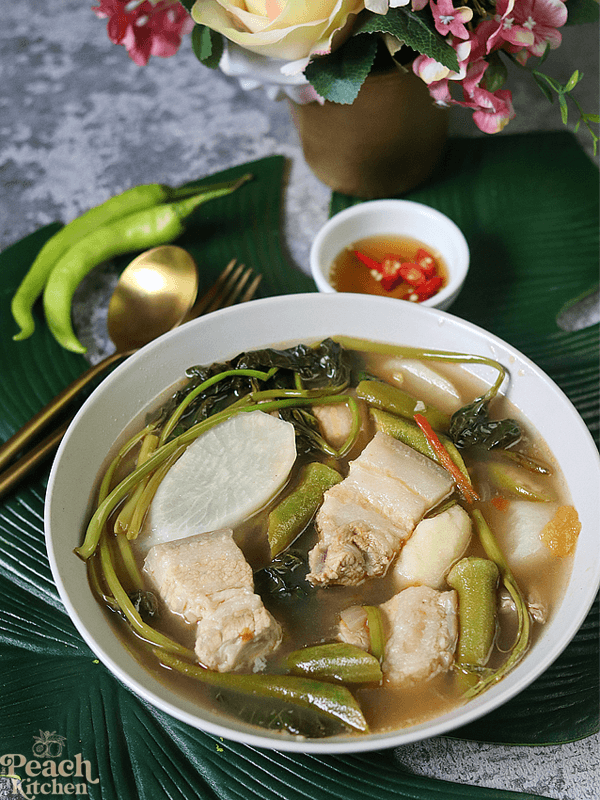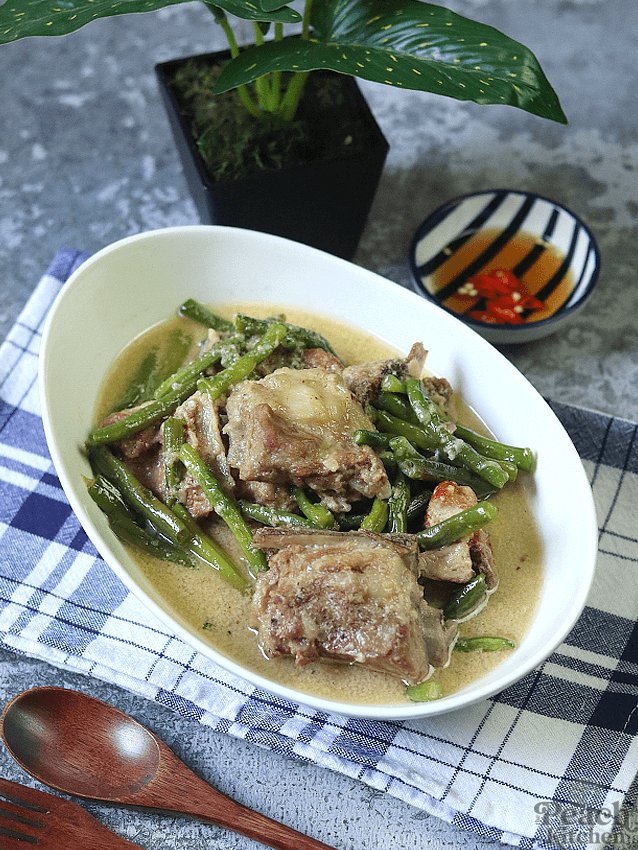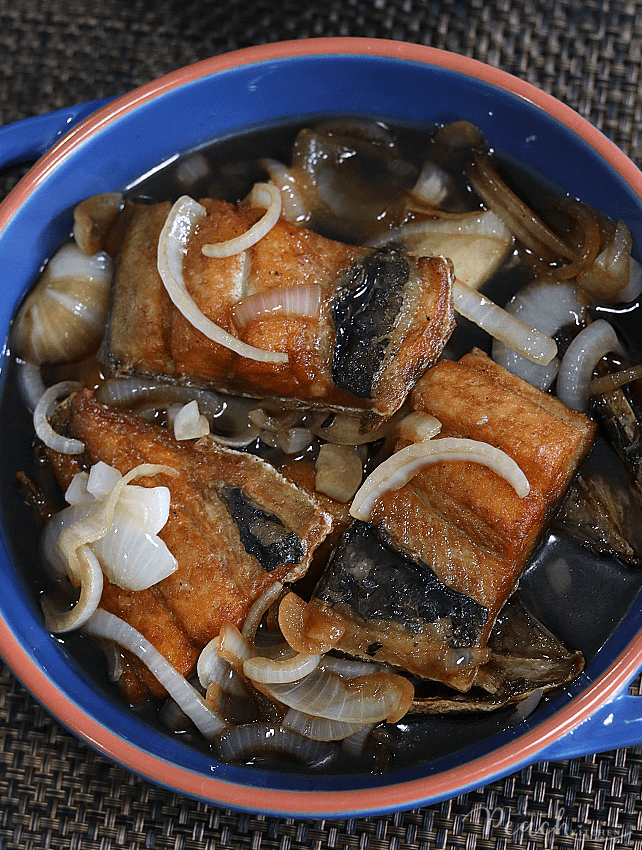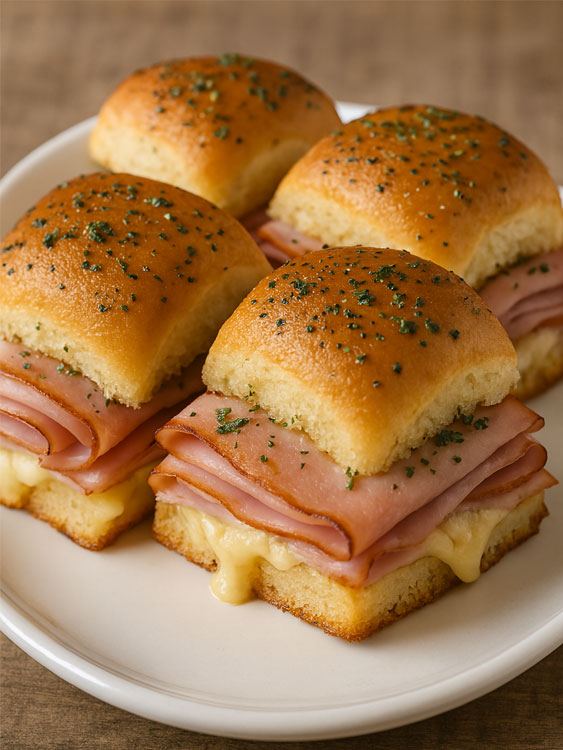
Shopping for kitchen cutlery can be a challenge especially if you are just starting out and not sure exactly what you need or want. When you watch a famous chef unfurl his knife roll and choose his weapon of choice for the task at hand you can begin to understand how complex cutlery is. For many food professionals their knives represent the single largest investment they will ever make in terms of equipment and they treat these essential tools with reverence. So when you make a decision to buy or really invest in cutlery you want to make sure you get the best value possible for the money.
Take your time and visit the websites of the knife and cutlery manufacturers of interest to you – read and learn about the history of each company, their legacy of design and craftsmanship and what to look for as marks of a well-made knife. Even at retail you can become more educated by simply handling knives and determining which ones feel good in your hand and which knives have a sense of balance and proportion. A santoku style knife, for example, is said to be perfectly balanced and specifically designed to make slicing, dicing and mincing easy.
Most knives are designed with a specific purpose in mind – you would not, for example, use a paring knife to carve meat nor would you use a bread knife to chop potatoes. If you are just starting out you will need at least one or two paring knives, a serrated edge bread knife, a butcher’s knife and a boning or filet knife. Once you have the basics you can then add specialty knives on an as needed basis.


